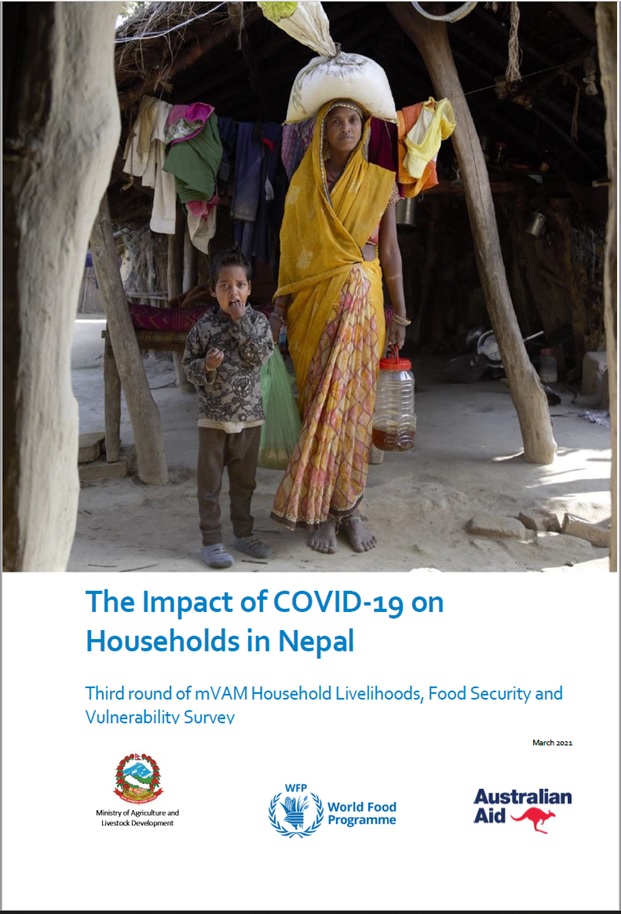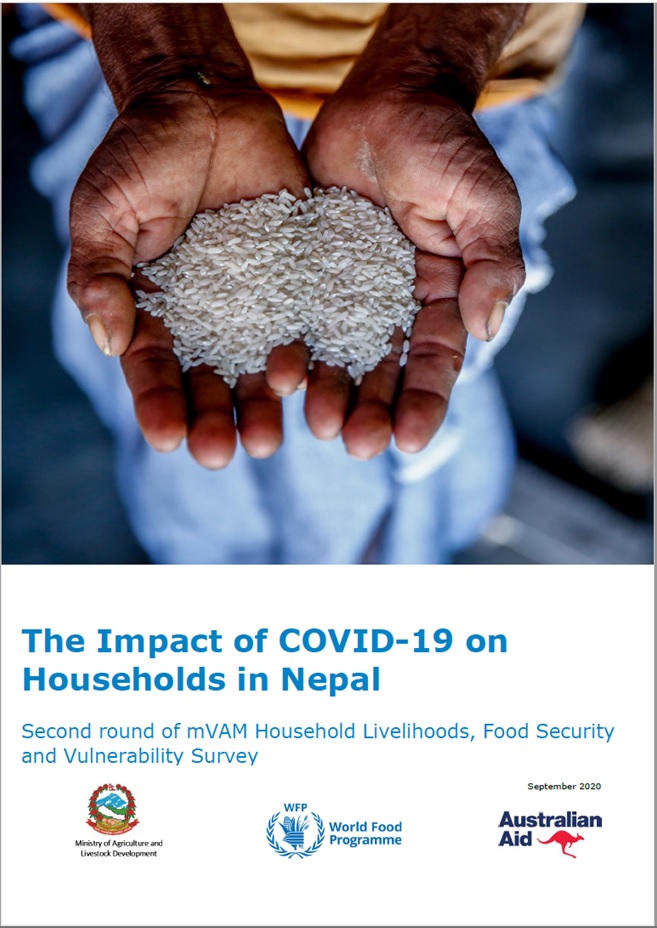Press Release - Number of VDCs facing food insecurity falls to 6 from 145
Number of VDCs facing food insecurity falls to 6 from 145
KATHMANDU, FEB 21 -
The number of food-insecure village development committees (VDCs) in the country has dropped significantly to six as of November 2013 from 145 during the period April-June 2013, reported Nepal Food Security Bulletin which is jointly published by the Ministry of Agricultural Development and the World Food Programme.
The publication said that between mid-July and mid-November 2013, six VDCs in Jumla district-Haku, Tatopani, Labhra, Talium, Kudari, and Lihi-were moderately food-insecure.
Hailstones damaged 552 tonnes of paddy growing on 675 hectares and directly affected 1,883 households in these VDCs. The loss of output has been estimated to be 45 percent. During this period the rest of the country was minimally food-insecure.
The bulletin’s report, which is based on comprehensive nationwide food security monitoring and analysis, has shown four major contributing factors for improving food security. The remaining stocks of wheat, harvests of early paddy and spring maize, and the onset of the main summer crop harvest in most of the areas have benefited from a seasonal improvement in the food security situation with increased household food stocks.
However, the report said that between mid-November 2013 and mid-March 2014, the food security situation is likely to deteriorate in 155 VDCs in the far and mid-western hills and mountains and five VDCs in the eastern hills and mountains.
Likewise, most of the areas in Bajhang and Bajura districts are likely to see a seasonal deterioration of the food security situation. This is because household food stocks from summer crops will have already started to deplete. In addition to this, food supply constraints due to snowfall and lower inflow of remittance are likely.
The rest of the country is expected to experience a stable food security situation largely due to household food stocks maintained through summer crop harvests and regular income sources. Markets are also expected to function normally with few exceptions.
Meanwhile, remittance remained a significant source of income. During this period, which coincides with the major festivals in Nepal, there was a fairly high influx of remittance, the report said.
Income from agricultural products was higher in some areas. People earned well from livestock, seasonal and off-season vegetables, seasonal fruits, high value commodities and non timber forest products.
Income from the herb yarchagumba remained instrumental in some districts of the far western hills and mountains, Karnali and the western mountains sub-regions. Around 13,718 households from 32 VDCs of Darchula and Bajhang districts earned Rs 50,000 to Rs 70,000 by collecting yarchagumba.
2014-03-18Leave a Comment
News & Events
- Brief on the Food Security Situation in Nepal (Mid-July to mid-November 2017)
- Launch of Food Security Information System for Nepal
- Second Advance Estimate of 2016/17 Wheat Production in Nepal using CRAFT
- Brief on the food security situation in Nepal (Mid November 2016 to Mid March 2017)
- Updated NeKSAP guidance on food security response analysis and district food security monitoring

